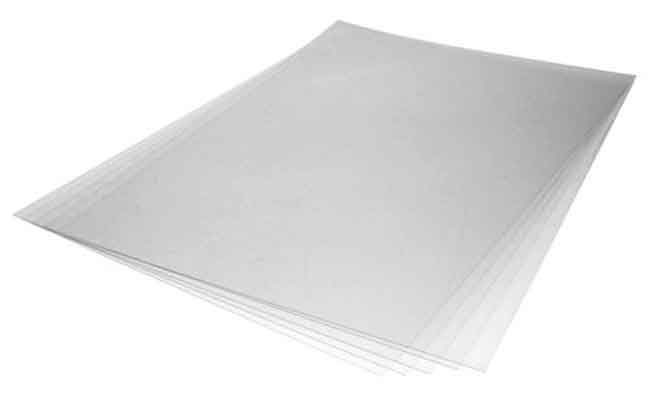Flexi-Jet Color Problem
customer1 comment
I've been working on my Flexijet for a couple days now, trying to get all colors to print. The cyan just will not work for me, and I've tried all the cleaning methods that I've seen on the forums (head, lines, dampers, carts, etc.) Nozzle checks won't come out with anything but a few little streaks of cyan. The kicker is the head is brand new, only have about 20 prints on it.
 When you talk about having ink flow issues with just one channel, it tends to be one of the following issues:
When you talk about having ink flow issues with just one channel, it tends to be one of the following issues:
- Problem with the ink cartridge / bottle or the height of the bottle to the print head if it is a gravity feed system.
- A crack or a seal in the ink tube line
- A blockage in the damper or the damper not seated properly.
- A damage print head
Since it is only 1 channel, I would not expect it to be a problem with the maintenance station. But you may want to make sure that this is very clean as well. Since it is a new print head, I will leave that option alone as well.
Do you have the same problem if you put your cleaning cartridge into this channel? Just trying to eliminate that the cartridge or bottle is not the problem.
Have you tried to use a syringe to gently pull the ink from the bottom of the damper to cartridge? The reason why I ask is the damper is basically a small reservoir of ink that the print head will use to pull ink from. If there is a clog in the damper, then you will have resistance with getting ink from it. Just replace the damper. If replacing the damper does not work, then there might be a clog or airlock from the ink line to the cartridge. If you are able to get ink out through the damper, then you might not be putting the damper in properly (some people call this seating the damper). Make sure there is an o-ring at the bottom of the damper that makes a tight seal with the print head. You might need to clean the bottom of the damper and where is goes into the print head for it to create a tight seal.
------------------
I did trim a small amount of the line where it connects to the elbow, thinking that maybe it had a crack in it. That didn't change much as far as I can tell.
I ordered some new cartridges today from Dan and I hope that will help with the flow. It does seem a little harder to manually plunge ink up from the cyan cartridge than the others, but it is hard to tell just by gauging the pressure I have to put on it.
I forgot to mention that I got all new dampers with the new head, so I don't think the dampers would be an issue. Of course, a defective one cannot be ruled out I guess.
-------------------
Sounds like you are covering the standard items. There is the slight chance that it might have something to do with the ink. I have not heard of anyone else complaining about any type of ink in a long time. I know a lot of users like to strain their ink before putting it into the cartridges. If the ink was bad, putting new dampers or a print head into the printer would not resolve the problem. But again, I have not heard any problems with the ink in a long time.
---------
You said that there are some cyan nozzles firing when you do a nozzle check. Are they consistent between multiple nozzle checks? If they are than that tells me it most likely is in the head. If they vary between nozzle checks than it could a damper or ink starvation issue. I have had incidence where I replaced dampers and they failed from the start. You can try checking the damper and if it is hard to pull through or the ink doesn't pull through smoothly almost like it sputters than it is probably a the damper. If you are unsure try pulling with another damper. The in should flow smoothly into the syringe with very little effort when you pull back on the plunger. Also check the nib in the bay. Make sure that it is not caked with dried ink. If it is get a foam swab with a little bit of CPS or cleaning solution and clean it of.
As for the difference in why the print head pulls ink when your cleaning but may not fire when you try to print is because when you do a clean the capping station is actually pulling the ink through the head. The print head works by a process called piezoelectricity or micro-piezo. In a nutshell this is when electricity is sent to a piezo material usually made of crystal or ceramic. When this happens these materials can expand. In side of the head there are channels were the ink is feed. On the walls of these channels is the piezo material.
So when the printer is told to fire it sends electricity to that material which expand pushing just the right amount of ink threw the nozzle. This process allows for greater control of the droplet size and produces very little heat among many other benefits. Now I may be off a little bit but if you would like to learn more you can check out this website which is very informative on the process and its many uses.






Comments (1)
Looking for A FLEXI-Jet L series Manual and software.